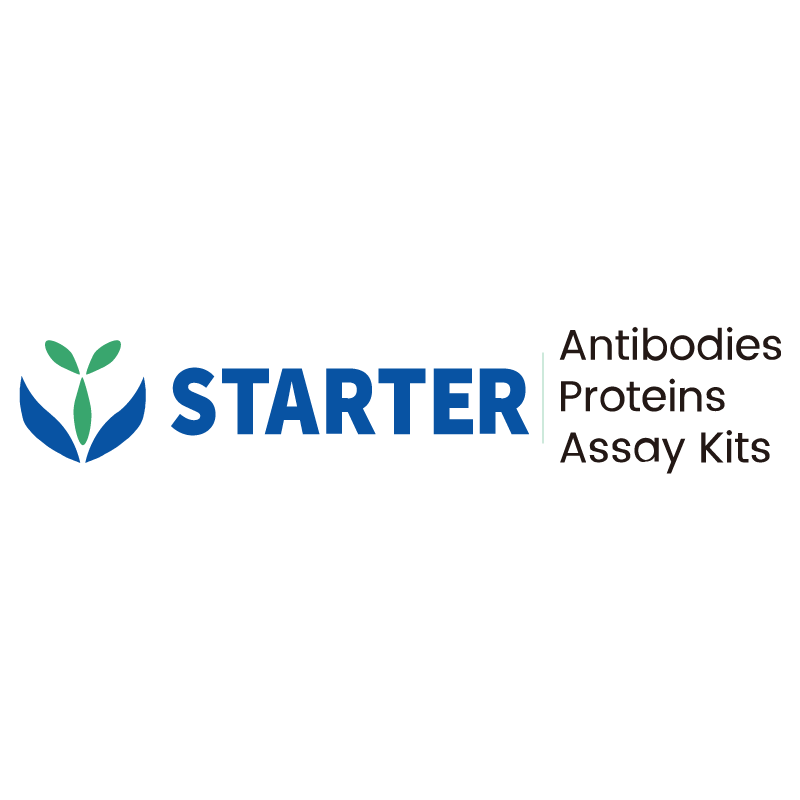Product Details
Product Details
Product Specification
| Host | Mouse |
| Antigen | CD10 |
| Synonyms | Neprilysin; Atriopeptidase; Common acute lymphocytic leukemia antigen (CALLA); Enkephalinase; Neutral endopeptidase 24.11 (NEP; Neutral endopeptidase); Skin fibroblast elastase (SFE); EPN; MME |
| Immunogen | Recombinant Protein |
| Location | Cell membrane |
| Accession | P08473 |
| Clone Number | S-713-5 |
| Antibody Type | Mouse mAb |
| Isotype | IgG1,k |
| Application | FCM |
| Reactivity | Hu |
| Purification | Protein G |
| Conjugation | Alexa Fluor® 647 |
| Physical Appearance | Liquid |
| Storage Buffer | PBS, 25% Glycerol, 1% BSA, 0.3% Proclin 300 |
| Stability & Storage | 12 months from date of receipt / reconstitution, 2 to 8 °C as supplied |
Dilution
| application | dilution | species |
| FCM | 5 μl per million cells in 100μl volume |
Background
CD10, also known as neutral endopeptidase, neprilysin, or common acute lymphoblastic leukemia antigen (CALLA), is a zinc-dependent metalloprotease found on the cell surface. It is a single-pass type II transmembrane glycoprotein with a molecular weight of around 100 kDa, belonging to the peptidase M13 family. CD10 plays a crucial role in various physiological and pathological processes, including cardiovascular regulation, immune function, fetal development, pain response, oncogenesis, and aging. It acts by cleaving and inactivating a wide range of biologically active neuropeptides, such as substance P, bradykinin, and oxytocin, thereby modulating neurotransmitter levels, blood pressure, and inflammatory responses. CD10 is also recognized as a biomarker for hematopoietic and tissue stem cells and has prognostic significance in the progression of leukemia and various solid tumors. In addition, it has been found to have therapeutic potential in diseases like Alzheimer’s disease, heart failure, obesity, and type-2 diabetes.


